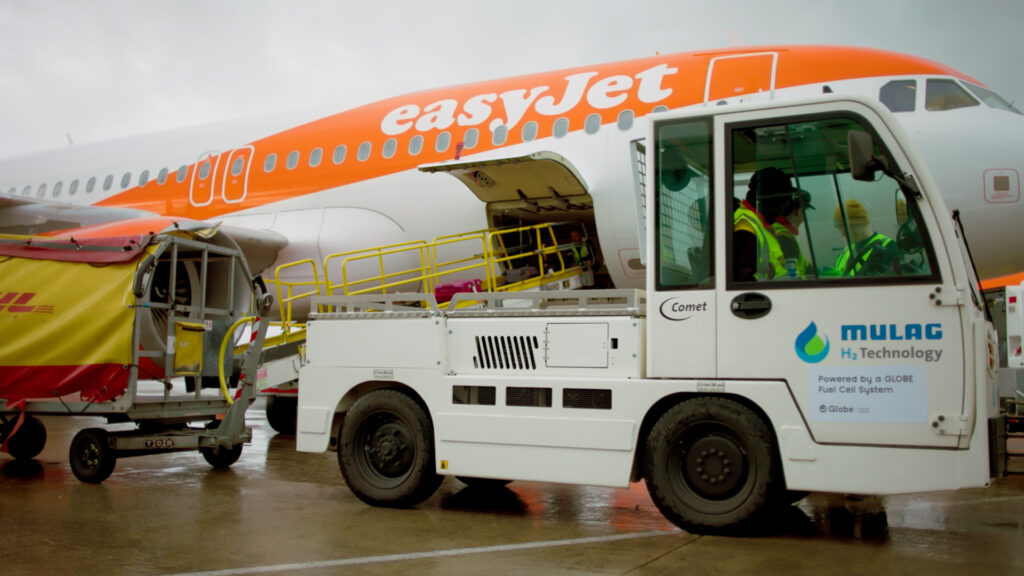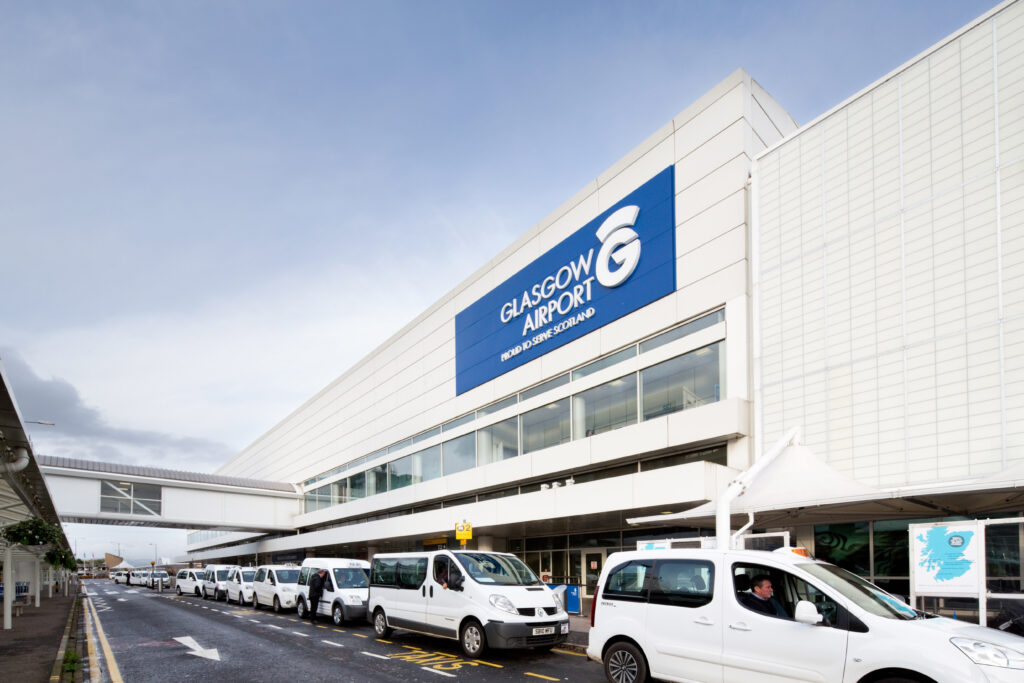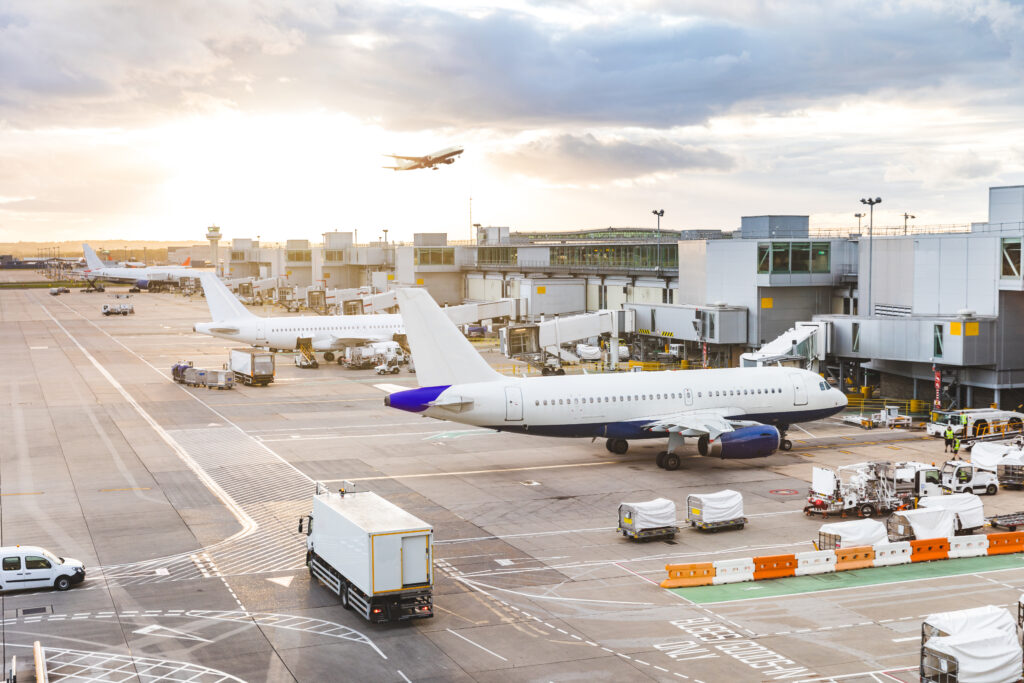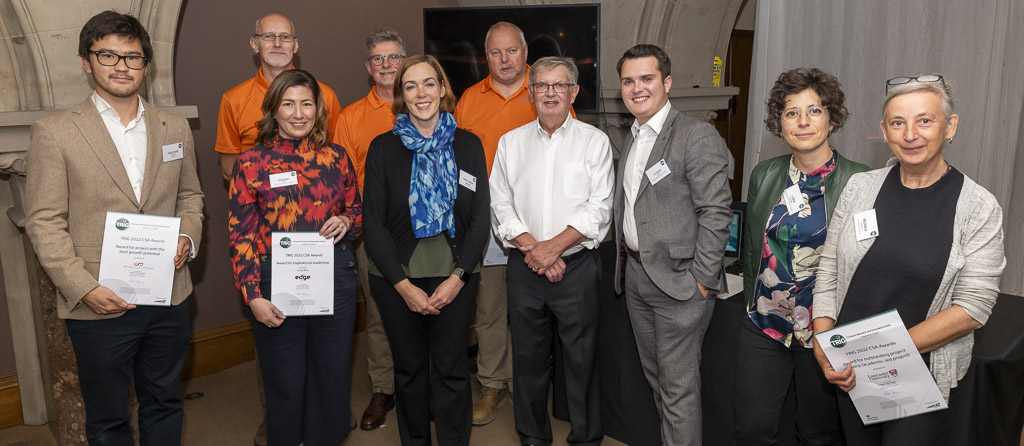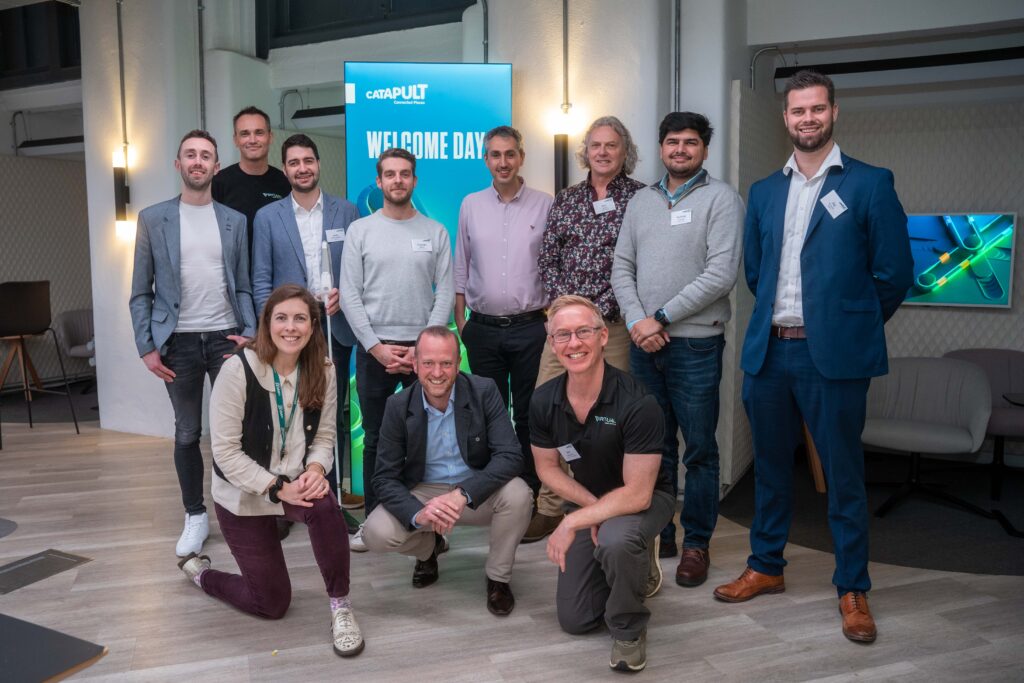A system for Unmanned Traffic Management (UTM) is urgently needed. Developed by Connected Places Catapult, with the Department for Transport (DfT), Civil Aviation Authority (CAA) and industry stakeholders, a national UTM framework called the Open-Access UTM now places the UK at the forefront of industry innovation. With successful live field trials complete, the UK is one step closer to commercial operations within its airspace.
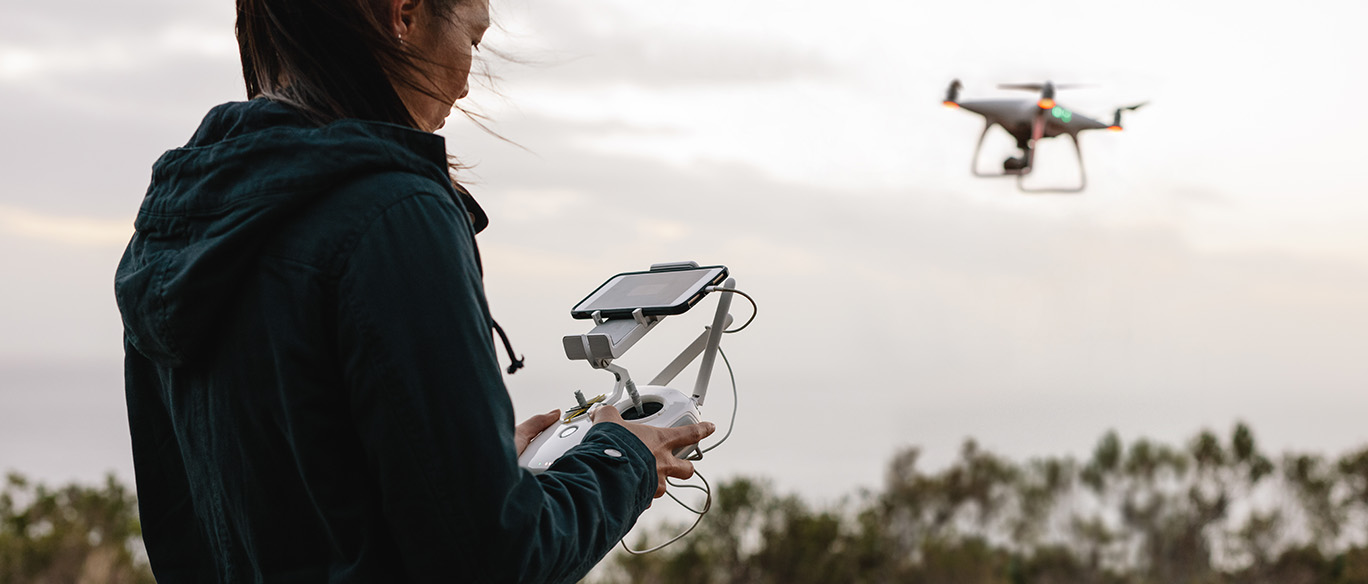
A new framework for the future of air traffic in the UK
The adoption of Unmanned Aerial Systems (UAS), more commonly known as drones, can deliver substantial economic benefits. As the technology goes mainstream, advances in battery capacity, communications, sensors and onboard processing have helped enable development of new inexpensive models. The challenge with dynamic market growth at such speed and scale is that our current airspace was simply not designed to handle it.
Moving safely out of sight
Most drone flights originally operated within visual line of sight (VLOS) of the remote pilot. This enabled them to ‘see and avoid’ any ground-based obstacles and other airspace users. However, demand is rising for automated and Beyond Visual Line of Sight (BVLOS) operations, making UTM key to unlocking the many benefits they can offer, safely.
Implementing UTM requires cooperation between government and industry on multiple levels including technical, regulatory, and policy. Historically, however, there have been some issues involving unresolved inter-dependencies amongst the various interested parties, preventing any one level from fully maturing. This lack of sector-wide coordination has been hampering industry growth and limiting the potential public benefits of UTM.
To break out of this restrictive cycle of inter-dependencies, one or more of these areas effectively need to be ‘fixed’. To move matters forward, the Open-Access UTM Programme has proven feasibility of an initial set of standards and technologies associated with UTM services. The recommended next step for the UK is to define UTM policy and regulatory measures to enable other layers to mature and progress to commercial operations.
Feasibility proven in the field
In addition, what the live field trials have demonstrated is the concept of interoperability between UTM service providers (UTMSPs). As policy, regulation, standards and technology mature, the industry will require an approach for testing and certifying new service providers and services within the Open-Access UTM ecosystem.
Adopting the Open-Access UTM Framework as the starting point for future initiatives will enable projects including those funded via UK Research and Innovation’s (UKRI) Future Flight Challenge to build upon the development to date and advance further, faster.
Report and key recommendations
The programme report produced by Connected Places Catapult provides an overview of the Open-Access UTM architecture, an outline of the live field trials and highlights the key recommendations. It presents the results of the three year-long DfT-sponsored project, undertaken alongside a range of industry partners: NATS, Altitude Angel, ANRA Technologies, Cirium, Cranfield University, the Satellite Applications Catapult, Thales UK, WING, GE (AiRXOS), Collins Aerospace and Skylift.
The report findings are available to download in full: Implementing an Open-Access UTM Framework for the UK.




